Through the Lens of Cosmo Covers: Remembering Helen Gurley Brown
With her magazine, the longtime editor sold sex as well as the latest, often provocative fashions
![]()
Earlier this week, Cosmopolitan magazine’s longtime editor Helen Gurley Brown passed away at 90. Brown was famous (or infamous) for bringing blunt and colorful conversations about sex and relationships into the mainstream first with her 1962 bestseller Sex and the Single Girl and then at Cosmo, which she transformed from a sober publication for homemakers into the lifestyle magazine for the modern career woman. With Brown at the helm–for more than three decades, from 1965 to 1997–you could expect to see cover lines like “Don’t Be Afraid of Men Who Whistle and Ogle You–Enjoy!” (June 1970), “Are Younger Men the Answer?” (April 1973) and “What to Do With (and To) Sexually Selfish Men” (January 1974). Beneath the titillating text was equally suggestive photography: the taped cleavage and exposed backs of models and actresses scantily dressed in fashions of the day (and quite the opposite of mouseburgers, the term Brown coined in the ’70s to describe herself and other drab, unimpressive-looking women).
Brown’s legacy is complicated. She helped spark the sexual revolution, but her emphasis on fulfillment by pleasing men was a form of empowerment at odds with the emerging era of second-wave feminism. When Brown called herself a feminist, it was very different from what Betty Friedan meant when she published The Feminine Mystique a year after Sex and the Single Girl. Friedan’s serious work, also a bestseller, established a contemporary women’s movement that stood in contrast to the pithy quips and scandalous instructions of what Brown would call the Cosmo Girl.
Reading Brown’s obits the past few days made me wonder how her version of feminism translated into changing Cosmo covers over the years. From its 1886 origins as a family magazine to a literary rag to Brown’s vision of the modern woman, Cosmo has always been about the cover.
It’s interesting how magazine covers, being regular and monthly, form a pretty comprehensive anthropological record, like a time lapse of cultural change. It’s a delight to flip through, and take in the period atmosphere from different decades. (Polyester! Teased hair! Nifty old typefaces! $1.50!) But you can also see how little has changed. Cosmo paved the way for the vast industry of today’s fashion magazines, and most of them have been much the same for decades. What might have been daring in the wake of the ’50s feels recycled today, and just how many Top 15 Things to Drive Your Man Crazy are there anyhow? What was ahead of its time can soon seem like old hat. Brown’s imperative for women to embrace their personal and professional pursuits with sexy abandon seems tame now that pole dancing is a form of suburban maternal empowerment, and porn is considered liberation. In that sense, Helen Gurley Brown’s old hat really was, in fact, ahead of its time.
/https://tf-cmsv2-smithsonianmag-media.s3.amazonaws.com/accounts/headshot/emily-spivack-240.jpg)
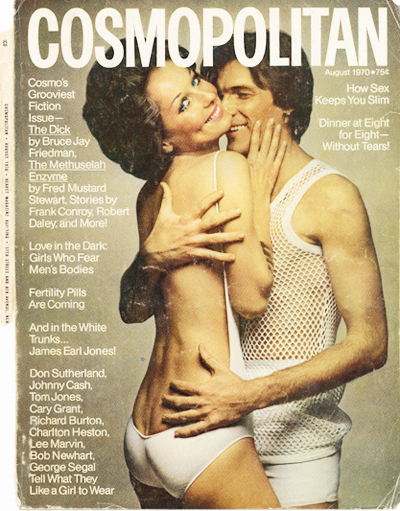
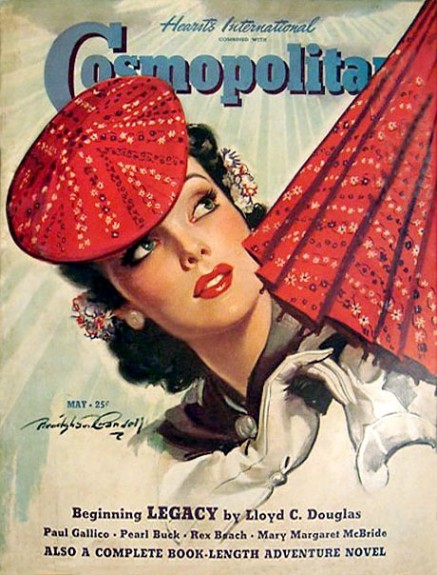
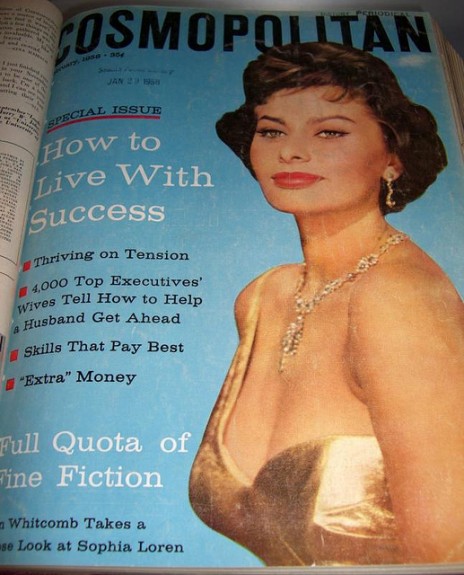
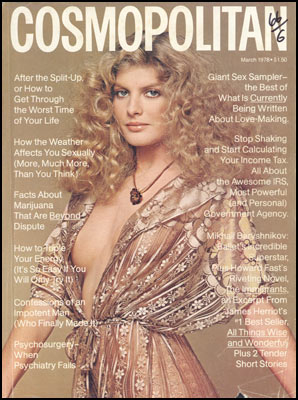
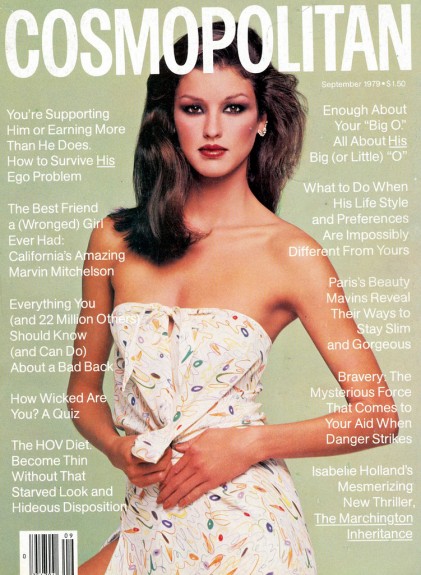
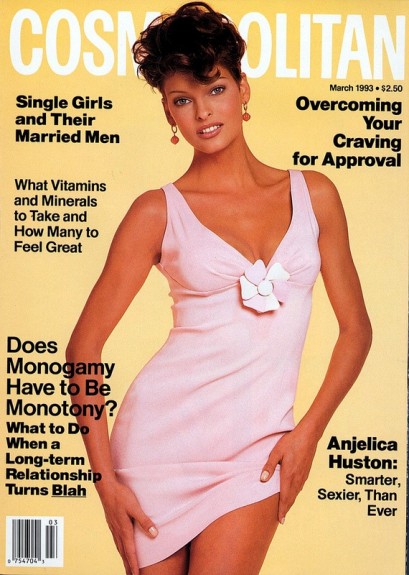
/https://tf-cmsv2-smithsonianmag-media.s3.amazonaws.com/accounts/headshot/emily-spivack-240.jpg)